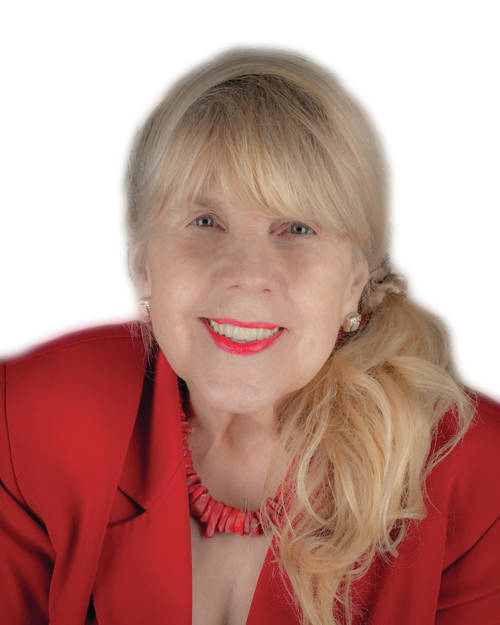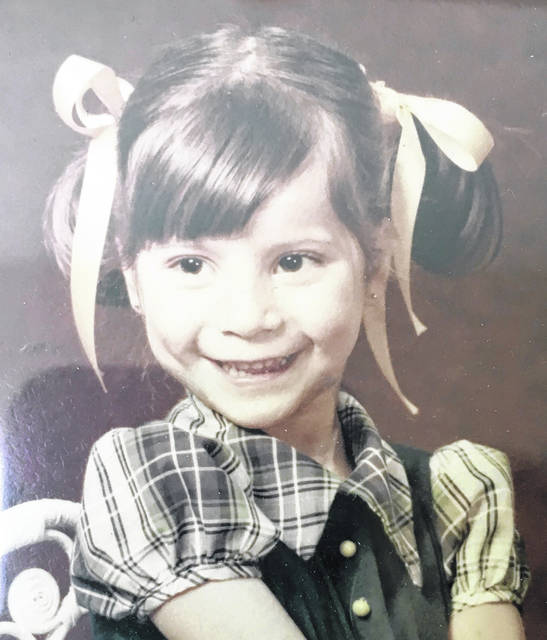

The readily available DNA tests have led some Americans to purchase the kits, follow the directions, and wait anxiously for the results: Am I part Native American? Can I track my paternal grandparents? Do I have half brothers and sister out there somewhere? I’m adopted and I’ve lived a great life with awesome parents, but can I locate my biological parents? Should I contact them if I do? What if I’m disappointed in my findings and believe that in some cases it’s better not to know?
Have you been looking through old photo albums or scouring photos posted online, seeking a relative who looks like you because no one in your family has the slightest resemblance to you? Have your searches been disappointing?
On April 4, 1975, a C-5 Galaxy left Tan Son Nhat Airport out of what was then Saigon, South Vietnam, carrying orphans, escorts, and a crew of U.S. Air Force men and women. This aircraft was bound for the United States with the intention that the orphans aboard would be adopted by American parents. Relocating the orphans was essentially an humanitarian act because the North Vietnamese Army was quickly moving to surround Saigon and there was concern over what might happen to the orphans, especially to those fathered by American military personnel. This was called “Operation Babylift” and had been announced the day before by President Gerald Ford.
Shortly after takeoff, an explosion occurred, and the locks of the rear loading ramp failed. Attempts to return to the airport were not successful, and the plane crashed in a rice paddy and broke apart (From a pilot’s perspective, this is an oversimplification; however, few of my readers are pilots). Most of the persons, including older orphans and those neither disabled nor ill, were in the lower compartment of the plane and died. The records for the orphans aboard the plane, incomplete and fabricated at times with no reliable manifest, were stored there as well and were destroyed, lost.
Carrie Camenga Briggs (Nguyen Thi Ngoc Anh) of Mission Viejo, California, was one of the orphans on that flight, but at four or five years old, she was so small that they placed her with the much younger children, belted in three to a seat, in the upper compartment of the plane where most survived. Briggs says, “I don’t know how old I was, perhaps four or five, but I still have the dress and bloomers I wore that day. The dress is a very pale yellow, dainty, with white polka dots and a white lace collar. The size is for a two-year-old child, and the dress is smeared with dirty marks, blood stains.”
Briggs also has marks, scars, on her body from minor injuries she suffered in the crash. She has mental scars as well because she still remembers every detail of the crash. She says that she recalls the feeling of going down, the tightening of the seat belt, her attempts to loosen the seat belt while descending, the feeling of pressure, the screaming and crying of the infants and children, and the air mask coming down on one side of the plane but not down on her side.
As an adult at a reunion of crash survivors at Dana Point, Calif., in July 2013, her perceptions were verified by the senior loadmaster on the aircraft, Ray Snedegar (U.S. Air Force Ret.) of Centerville, Ohio. She also remembered the presence of a fire, and Snedegar affirms that there was a flash fire.
Briggs recalls soldiers grabbing her and passing her through the muddy waters of the rice field, assembly-line style, and then traveling in a jeep to a hospital and being placed in a sterile room where everything was white and metal. She was examined and then placed in a helicopter.
Her adoptive parents, Bruce and Ellen Camenga, picked Briggs up at the Presidio in San Francisco, and Briggs was fascinated by the buttons on Bruce’s shirt and kept buttoning and unbuttoning them. They gave her a Holly Hobby doll, but for two or three weeks they could not pry from her hands the two Vietnamese coins she held. She was told that the coins had been given to her by her biological mother or nuns at the orphanage. With no English-speaking skills, she communicated by pointing.
Because of extreme food shortages in the South Vietnamese orphanage, she hoarded food for several months: crackers in her pillowcase, cumquats under her pillow and bed, other food between her mattress and bed that was situated against a wall.
She recalls being very scared in those early months in the United States: frequently going to the doctor in Washington, D.C., being interviewed, being probed. She spoke little except to a friend whose family spoke Vietnamese. As a kindergartener, she had a speech therapist and quickly began to learn English.
Memories of the crash continued to resurface as did memories of being left at the orphanage in Qui Nhon, South Vietnam, by her biological mother. She envisions her mother, two siblings with one standing in a crib, and another adult whom she believes was her grandmother.
Through the years, the feelings about her biological mother were strong and persistent. Briggs says, “I was scared to find her because in that instant of her knowing me and me knowing her, my life would change. For the good, for the bad. But I needed to find her, to let her know that I survived. I made it. She did good. As a mother (She has two children, Sophia, 10, and Brayton, 8), I know how important that is. I wanted her to know that I’ve never been angry or resentful that she gave me up. I love her. I am grateful for what she sacrificed.”
Needing to find her roots was exacerbated by attending school in Riverside, California, “I looked different. I felt different. I wanted to fit in, and I wanted to know.” She was living a happy life, but always felt conflicted, out of place but in place. Gloomy at times, she wrote poetry to help get her feelings out. At times, she felt lost, always yearning for her biological mother and siblings. She had a sense of them.
In 2017, Briggs turned to Ancestry.com for possible answers. She learned that she was 50 percent Vietnamese and 50 percent European. As she searched for her biological mother, she unexpectedly found her biological father: John Thomas “Buddy” Trezzi — deceased in 2008 from cancer related to exposure to Agent Orange, the defoliate used in Vietnam. She located her father’s brother, Charles Trezzi. She wrote to him and sent photographs in May of that year but didn’t hear from him until November. Charles needed to verify that this was no scam, so he took a DNA test and verified that he had a niece, fathered by his brother John.
And the communication began. Briggs learned that her biological father had three tours of Vietnam, that he was a firefighter after the military, and that he had kept a journal during his tours. Also, she finally had photographs of someone who looked like her: “It was awesome to finally see that I looked like someone and that I belonged.”
With her father’s journal in hand, she flipped through it quickly initially and more deliberately later to learn more about John Thomas “Buddy” Trezzi: he obviously was a social creature because there were many names and addresses in the journal; he was patriotic; his family had urged him not to return following the required first deployment to Vietnam; and his last tour of Vietnam ended in 1970.
She was able to learn what he experienced in Vietnam. Like many Americans who served there, he realized the brutality of the life he was living and that survival was paramount. In the journal, he documented his daily encounters with those who wanted him dead, the North Vietnamese Army. He documented who was hurt and how.
He also documented routine parts of his deployment such as a trip to the dentist, making friends with the locals, attending live performances. And Briggs learned that her biological father had worked at Brayton Upholstery before he was drafted (Does Brayton ring a bell with you, my readers?).
So what has Briggs done with her life in addition to marrying and having two children? She graduated from Riverside Poly Technical High School in 1988, earned a B.S. in International Business from California State University/Fullerton in 1994, and is a global marketing manager.
Does Briggs still have fears? Of course. We each have our own. She has a fear of drowning in a large pool of water, of dying in the middle of an ocean where there is no life. There is the fear of never being able to tell her biological mother that she achieved what her mother would have wanted for her, that she survived and thrived and always thought of her.
Some of you know that because I don’t look like anyone else in the family, I needed to verify that the father who raised me was my biological father. I feared that he wasn’t, and through several DNA tests (three to be exact), I learned that he was. What are your fears? How persistent are they in demanding to be addressed? Will a DNA test do the trick or are your fears of another kind?



